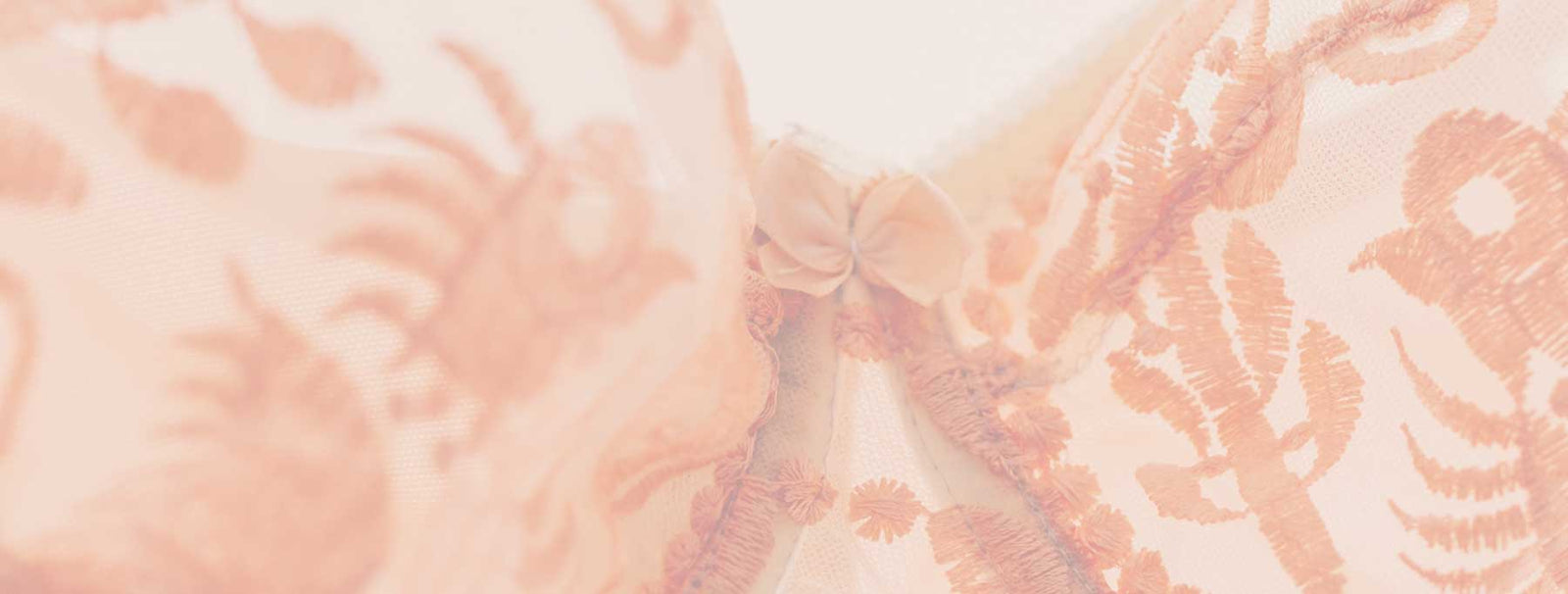
The Orange Lingerie Blog
Learn how to make your own
beautiful custom fit lingerie
Guide | Inspiration | Patterns | Tutorials
The Orange Lingerie Blog
With the release of the new size range for the Marlborough bra sewing pattern, I thought it would be a good time to review some bra sewing pattern adjustments. Since I have had requests for larger band sizes, I am going to start with a tutorial on how increase a bra band.
For some background, I d...
Ever since I released the Marlborough bra sewing pattern, the number one request I receive is to add more sizes. So starting today a new Marlborough bra sewing pattern is available for DDD to J cups for size 30 to 40 bands. I am super excited to be able to make this beautiful bra sewing pattern a...
You have your pattern and your fabric and you can’t wait to dive in and sew up your project. While we all want to just get sewing, it is important to test your tools first! It only needs to take a few minutes and it can save you a lot of heartache. Want proof? Take a look at the silk charmeuse sw...
The time it takes to sew a project is largely the sum of the time it takes to complete each task. The time it takes to complete each task is primarily driven by body motion, so the more motions that are required, the more time it takes to complete a project. What all this means is that the key to...
Most lingerie sewing involves ¼” seam allowances. These small seam allowances make it easier than the standard garment seam allowances to sew all the curves involved in making lingerie. In fact, if your lingerie pattern has larger seam allowances, I recommend decreasing them to ¼”.
Importance of ...
Continuing on with the summer “pro tips” series, today is about marking tools and how to mark your fabric. Marking lingerie sewing pattern pieces is important, especially for bras, since it is not always obvious how the pieces fit together. Accurate marking also makes it much easier to assemble y...
Over the next few months I will be posting a series of tips on how to get great results when you make your own lingerie. In fact, just about all my lingerie sewing tips and tricks can be applied to any sewing project! This week’s tip is all about accurate cutting. Accurate cutting is especially i...
When you find a great print fabric you want to make the most of it! Following are the methods I use in my studio to be sure I use prints to their best advantage.
First, you want to be sure to have a complete set of pattern pieces that will be cut from the main fabric. All seam and trim allowances...
If you saw my lace tutorial on the Britex Fabrics blog or my couture camisole you saw one my favorite things to make – spaghetti straps! I learned a great technique to make the perfect straps from Susan Khalje a few years ago and it never fails to produce a beautiful result.
Here are the step-by-...
I love seeing all the beautiful versions of my sewing patterns that you all make! With the start of May I just had to share some of my favorite spring themed Marlborough bras. I was also thinking that wearing hand made lingerie is perhaps the easiest way to participate in Me Made May!
So who m...
When I wrote about how to fit a bra using a toile (a.k.a. a muslin), I mentioned that the band may initially feel too loose and if so, you should keep it that way and alter it later on if necessary. If the band is still too large once you have attached all the elastics, you can decrease it to get...
If you read my post “The Fastest Way to Find Your Bra Pattern Size” then you know how to quickly find what size bra to sew up. I also mentioned in that post that the most accurate way to test the fit of a bra pattern is to make a toile (also known as a muslin) of the entire bra.
The toile techniq...